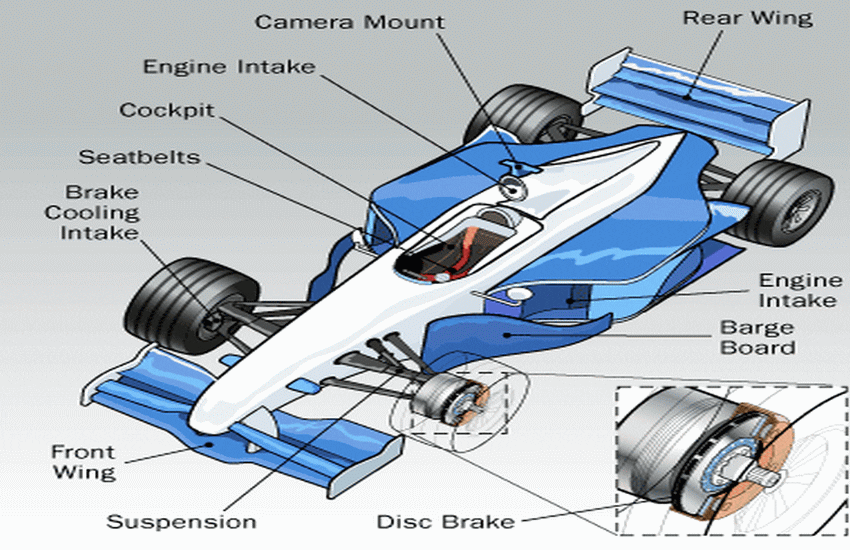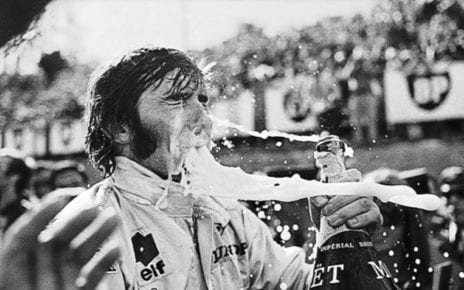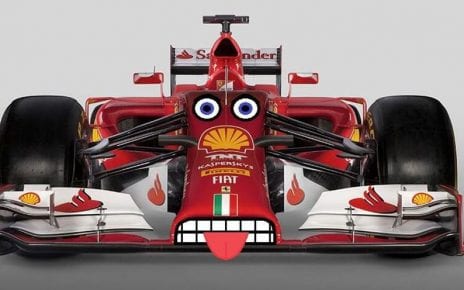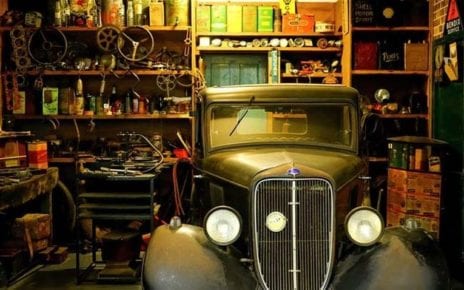Automobile Club de France held the first grand prix in 1906. In their wildest dreams they could not have probably guessed how big the F1 will be in the next 100 years. That featured 32 cars on a 65-mile course near Le Mans.
It took two days to finish and the average speed of the winner was 62.887 mph, that being a Hungarian Ferenc Szisz. From humble origins to one of the most popular sports in the world with millions of fans and a huge sponsorship. The champions are as famous as Olympic medalists, if not more. Let us find out together what makes a grand prix race special, from cars and drivers to teams and tracks, and why it is “a saga of ecstasy and agony”.
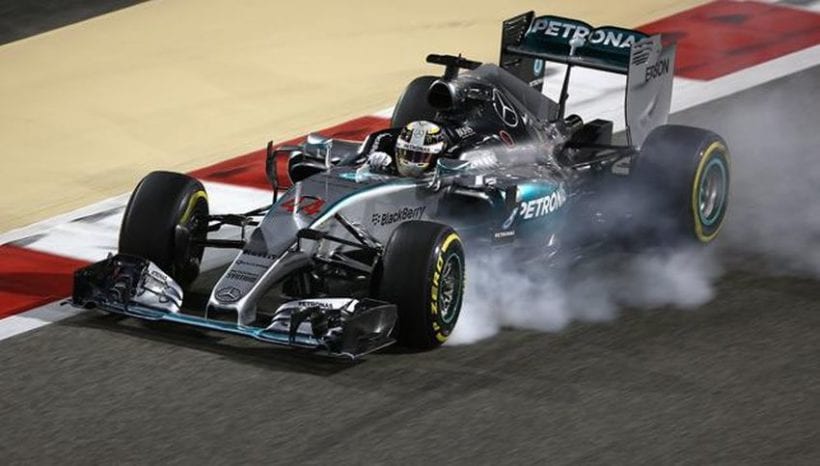
Formula racing is a motor sport whit open-wheeled, single-seat racecars. These cars have wheels outside of the body, unlike regular cars whit wheels under the fenders Formula 1 is the top tier of Formula racing, with best cars, drivers and teams. To win the championship, a driver needs to accumulate the best point total through all the races. Most drivers try their luck in lower competitions first, to get ready for the big league.
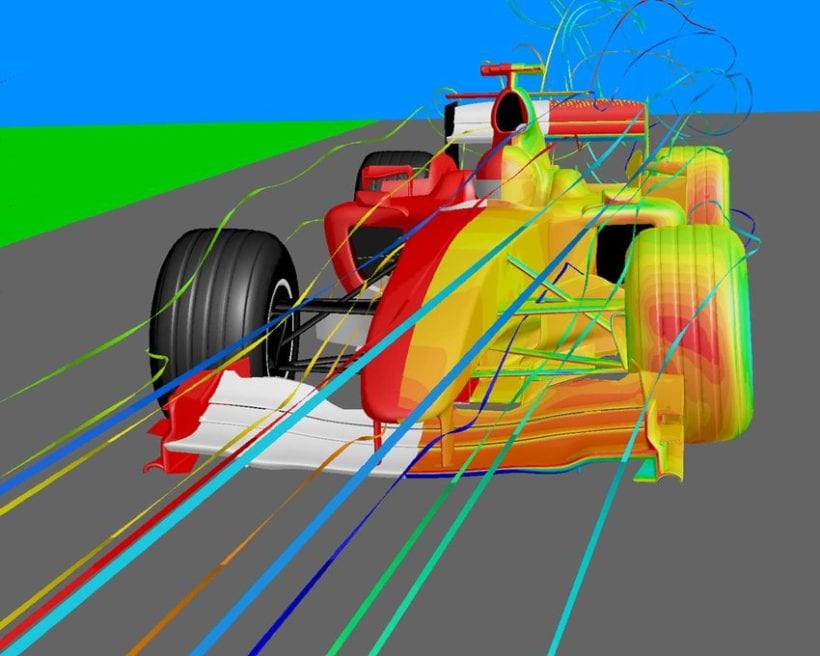
F1 is very strict and regulated. There are sporting regulations and technical regulations. The former cover the race itself, while the later comers the technology of the cars. The rules tend to change a lot, especially in the last decade. The manufacturers, or constructors, also have a race of their own. They compete to become the champion at the end, with the most points by their two drivers.
1. Formula 1 Chassis and Engine
Formula one cars use the same parts as any other cars, but they are designed with only speed in mind. An F1 car can easily reach 200mph. The chassis is the heart of the car, a single shell of course. Today’s models use carbon fiber and aluminum composite, so they are lightweight.
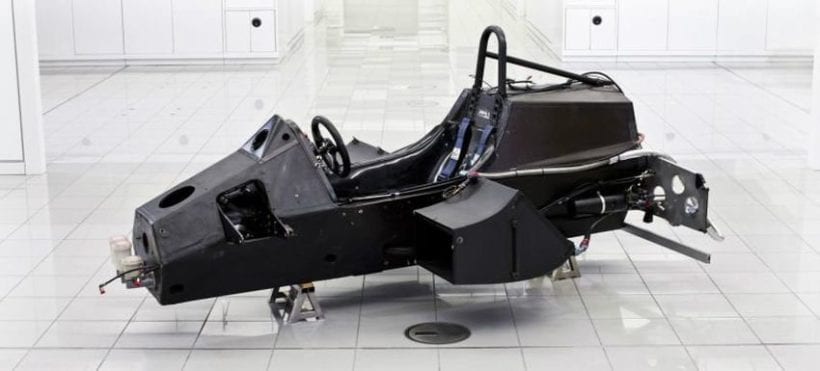
The cockpit itself is also strictly regulated. The driver’s movement is limited and the overall space is pretty tight. When it comes to the engine, before 2006 the cars used 3l V10s. After that, 2.4l V8 came, which can produce 900 horsepower. They need to be rebuild after around 500 miles, as all that power requires a stunning 19000 revolutions per minute.
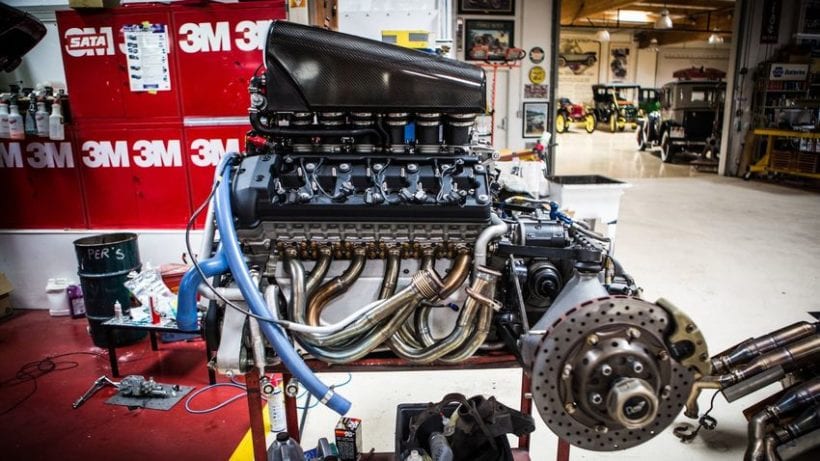
All this is stressful for the engine, hence the need for repairs. The fuel has traces of non-hydrocarbon, while other additives which boost speed were banned. F1 uses around 50 fuel brands per season, for various different conditions. The FIA needs to approve each blend. Fun fact, during a season, a team uses 200000 liters of fuel.

